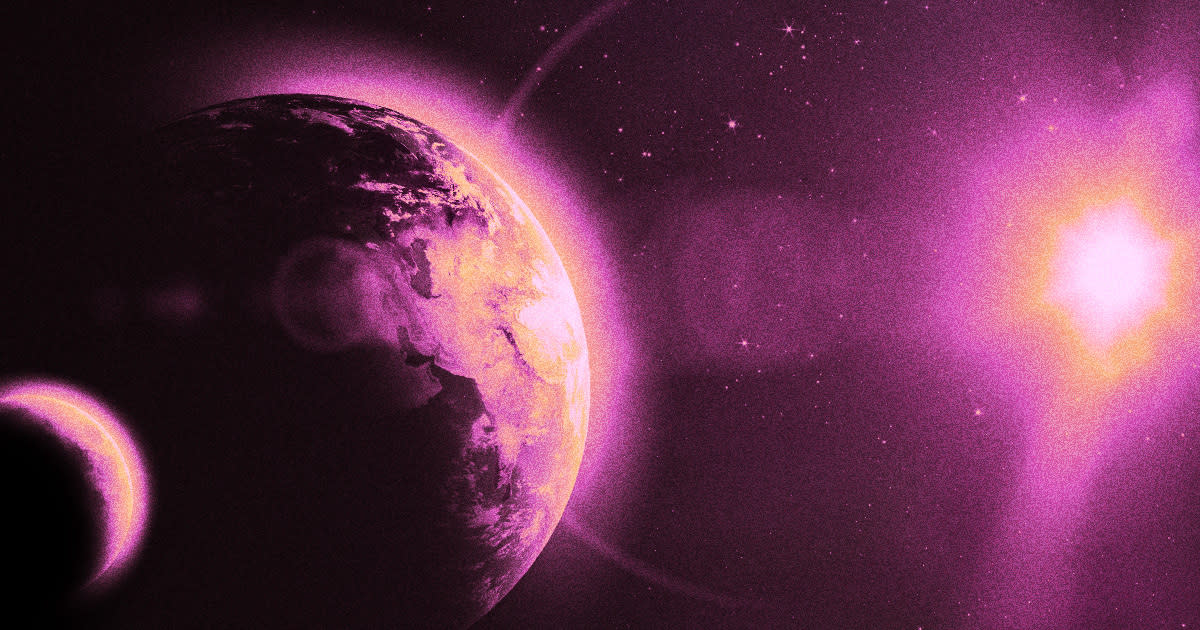Passing Star Altered Earth's Orbit, Scientists Say

Stellar Encounter
A passing star which blew past our solar system nearly 3 million years ago could have altered the Earth's orbit, researchers found.
The study, published last week in the journal The Astrophysical Journal Letters, suggests that these so-called "stellar encounters" could play a bigger role in the Earth's orbital and even environmental evolution than previously believed.
"One reason this is important is because the geologic record shows that changes in the Earth's orbital eccentricity accompany fluctuations in the Earth's climate," said study lead author Nathan Kaib, a senior scientist at the Planetary Science Institute, in a statement about the work. "If we want to best search for the causes of ancient climate anomalies, it is important to have an idea of what Earth's orbit looked like during those episodes."
Trickle Down Orbital-nomics
The star in question is HD-7977, which flew past our solar system about 2.8 million years ago. Estimates vary, but astronomers believe it came within no more than 31,000 astronomical units (AUs) of the Sun, which is equal to 31,000 times the distance between the Earth and the Sun. That's either pretty far or very close, depending on your perspective, and there's even a small but still significant chance that it came as close as 4,000 AU.
By running orbital simulations in reverse, the researchers found that a stellar encounter on the closer end of that range could have been enough to actually perturb the orbit of our planet.
A key factor in that calculation is our neighboring giant planets like Jupiter and Saturn, which are massive enough to very slightly perturb Earth's orbit on their own. If a stellar encounter pulls on the orbit of the giant planets which are further out in the solar system, then those perturbations could reverberate down to us.
What's more, these stellar encounters aren't uncommon. A star passes within 50,000 AU of the Sun every 1 million years on average, and every 10 million years for within 10,000 AU.
Fuzzy Forecast
Kaib and his team argue that these findings demonstrate that stellar encounters could add uncertainty to "backwards forecasts" of the Earth's orbital evolution, which in turn has implications on how we under the Earth's geological record. That's because if other stars are an influence, then the perturbations they cause, if significant enough, can also induce fluctuations in our planet's climate.
According to Kaib, an example of this would be the Paleocene-Eocene Thermal Maximum that took place some 56 million years ago, when the Earth warmed by 9 to 14 degrees Fahrenheit during a period of transition between geological epochs.
"It has already been proposed that Earth's orbital eccentricity was notably high during this event," Kaib explained, "but our results show that passing stars make detailed predictions of Earth's past orbital evolution at this time highly uncertain, and a broader spectrum of orbital behavior is possible than previously thought."
More on stars: Scientists Discover Sandwich-Shaped Star


